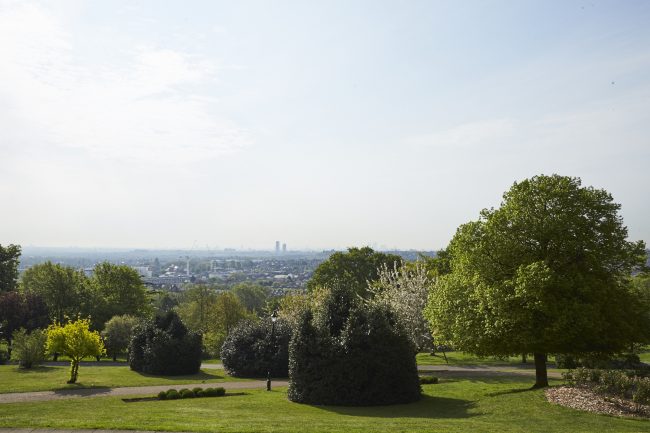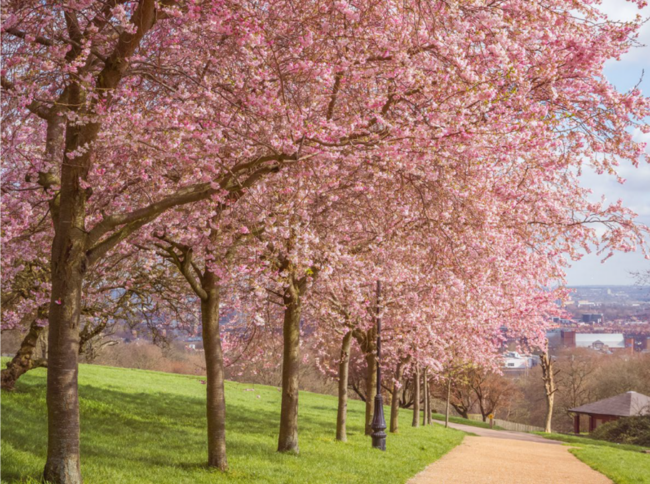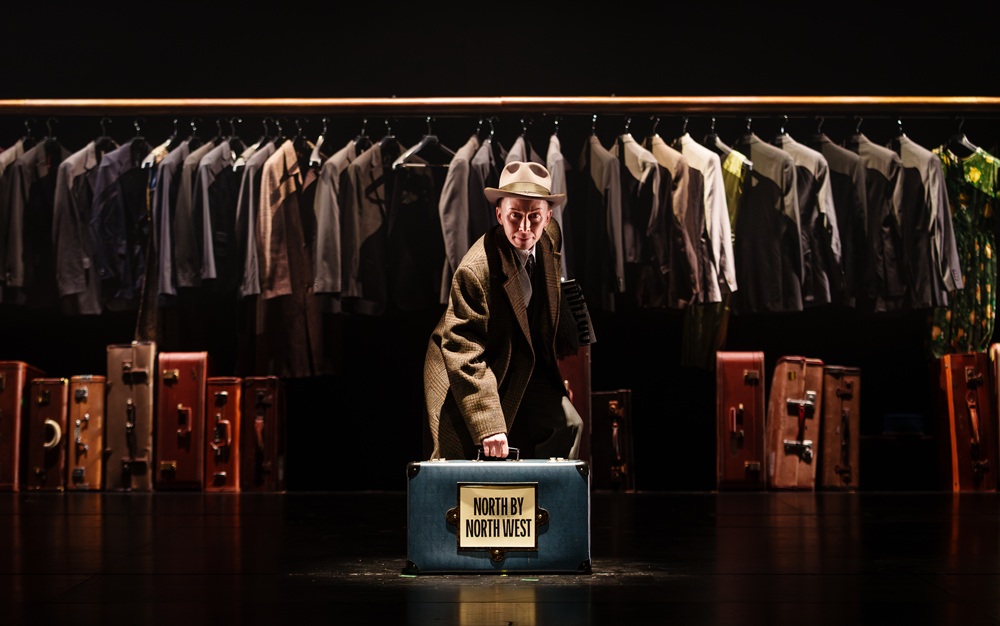In this blog, Lisa White, who is completing a PhD research programme on the life and career of the Victorian horticulturalist and landscape designer, Alexander McKenzie (1829-1893), explores the little-known origins of Alexandra Park’s design…
Alexander McKenzie played an important role in the development of public gardens and parks in the late 19th century but today he is a largely unknown figure.

McKenzie designed and laid out some of the great, open spaces in the metropolitan and greater London area, including Alexandra Park. His designs were inspired by the social vision that public parks should improve the conditions and lives of the urban population. At Alexandra Park, Muswell Hill he emphasised the landscape and made the most of the topography and the surrounding views.
The park laid out by McKenzie was on a grand scale of over 200 acres surrounding the palace, which sat on a high ridge above it. From this position, impressive views across London remain a dominant feature today.

(The south-facing slope below the terrace, landscaped by McKenzie)
The gardens and grounds were skilfully and tastefully laid out by Alexander McKenzie in a naturalistic style. Two magnificent terraces on the north and south sides of the palace required the removal of over 75,000 cubic metres of earth – the south-facing terrace still remains. This shows McKenzie’s extensive work to attain views of the surrounding landscape. In addition to this feat of engineering, McKenzie’s horticultural knowledge meant he paid equal attention to planting and bedding schemes, and to the propagation of plants and trees.
Alexandra Park was the first major public landscape managed by McKenzie, and it was developed as a ‘pleasure garden’ so that it could produce an income for The Alexandra Park Company Ltd, the company that owned it. Among the Park’s attractions were a representation of a Japanese village, ornamental lakes, and areas for sports and recreation.
McKenzie began working as a landscape gardener on the site that was to become the Alexandra Palace in 1859. In 1864, he entered a competition to design the new park at the site. He was then employed to lay out the chosen design.
As he laid out the design, it has been assumed until now that he won the competition. But this was not the case! Instead, recent research has revealed that, in fact, he came third. This leaves us with the intriguing question of whether the design McKenzie laid out was the winning design, his own design, or something entirely different.

(Cherry blossom trees bring captivating spring colour to the south slope of the park)
A feature of McKenzie’s style is the use of deciduous trees, his reasoning being that the planting was more for the spring, and you would get the foliage, the berries, and the colours.
McKenzie was a gifted horticulturist who grew many of the plants required to maintain the park, as well as selling these to the visitors. These plants were all grown in the greenhouses and garden nursery, today Alexandra Palace Garden Centre is situated on the site.
When you are next visiting Alexandra Park look out for The Grove, which is the wooded area with ancient oak trees, it was described in the Park’s Official Guide of 1875:
“One of the loveliest spots in any of the home counties. Here McKenzie seems to have preserved and enhanced the romantic atmosphere of the old woods.”
Lisa will be giving a talk about Alexander McKenzie with the London Garden Trust on 11 December 6pm. More information here





